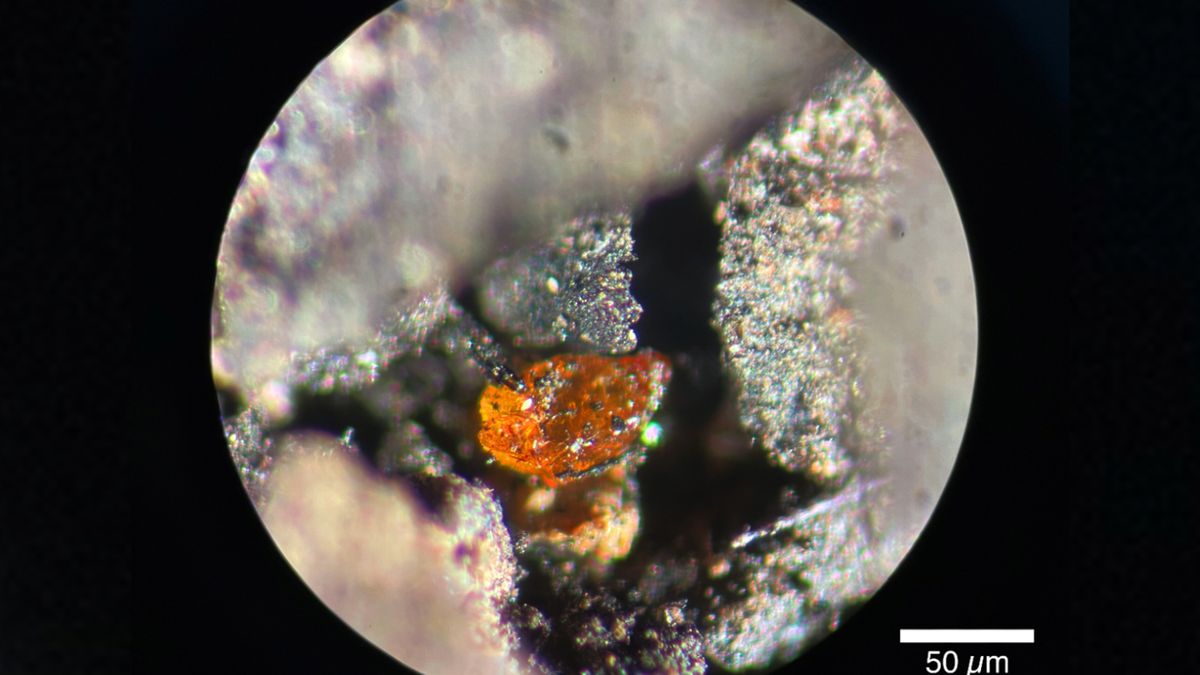Aida Daily: Trump's EV Tax Cut Move / Solomon's Giant Coral / OpenAI's Operator Debut
Aida Daily
Hello there! Hold onto your hats as Trump's team targets the $7.5K EV tax credit, while a giant coral colony is spotted from space! Also, brace for AI antics and lunar revelations. Dive in!
Trump Team Targets $7.5K EV Tax Credit

Donald Trump's transition team is set to cut the $7,500 federal tax credit for electric vehicle purchases, potentially derailing the US's slow EV adoption. Tesla CEO Elon Musk downplays the impact on his company but warns other manufacturers could face a 'devastating' decline. Spearheaded by influential figures like billionaire Harold Hamm and Governor Doug Burgum, this move is part of wider tax reforms expected to clash with the extended credits from the 2022 Inflation Reduction Act. Congress, now Republican-controlled, may deliberate by early 2025.
Giant Coral Colony Makes a Splash in Solomon Islands

National Geographic's Pristine Seas team has unveiled the world's largest Pavona clavus coral off the Solomon Islands coast, stretching a whopping 34m wide, 32m long, and 6m tall—yes, longer than a blue whale and visible from space! Estimated to be 300-500 years old, this ancient marvel supports a bustling marine metropolis. While it looks healthy, scientists caution it's still at risk from global warming and human activities, making its protection more crucial than ever.
OpenAI’s Operator Set to Launch in January 2025

OpenAI is gearing up to launch its new AI agent “Operator” in January 2025, designed to autonomously handle tasks like coding, booking travel, and managing schedules. Available first as a research preview and through the API, Operator marks a shift towards smarter, hands-off AI assistance. With Microsoft and Google also entering the AI agent race, CEO Sam Altman highlights Operator’s potential to boost productivity—while we chuckle at the thought of our future AI-overlords handling the mundane.
Red Monsters Rewrite Early Universe Theories

The James Webb Space Telescope has uncovered three colossal 'red monster' galaxies, each boasting nearly 100 billion solar masses and forming within the first billion years after the Big Bang. These giants converted up to 80% of their gas into stars—four times the typical efficiency. Detected via JWST’s NIRCam in the FRESCO survey, they challenge current galaxy formation models. Astronomers are now curious what cosmic magic fueled such rapid growth, with future JWST and ALMA missions set to reveal more.
Antarctica’s First Amber Discovery Reveals Ancient Rainforest

Breaking the ice on prehistoric secrets, researchers unearthed Antarctica's first amber—'Pine Island amber'—from a 2017 RV Polarstern Expedition. This 1mm fossilized resin, dating to the mid-Cretaceous (83-92 million years ago), hints at lush, swampy rainforests near the South Pole. Found in the Amundsen Sea using the MARUM-MeBo70 drill, the discovery sheds light on resilient coniferous ecosystems enduring ancient wildfires and darkness. A warm revelation in Antarctica's icy history!
Yale Unveils Nematic Superconductor Breakthrough

Yale physicist Eduardo H. da Silva Neto and his team have cracked the superconductivity code by linking it to electronic nematicity in iron selenide-sulfur compounds. Published in Nature Physics, their STM experiments at sub-500 mK revealed a superconducting gap, steering clear of magnetic hassles. Supported by the NSF, researchers Pranab Kumar Nag and Kirsty Scott foresee this 2024 discovery powering next-gen grids and MRI tech. Who knew breaking symmetry could conduct such brilliance?
SpaceX Gears Up for Sixth Starship Launch on Nov 18

SpaceX gears up for its sixth Starship test flight on November 18, 2024, from Starbase, South Texas. The 165-foot Starship, featuring a cheeky pixelated banana design, aims to demonstrate booster return and Raptor engine relight in space. The mission includes thermal protection experiments and a daylight splashdown in the Indian Ocean for prime selfies. Approved by the FAA, this flight marks the final chapter for the current Starship model before the upgraded V2 ships take over. SpaceX shares launch pad photos highlighting progress. Buckle up for a zesty ride!
Chang'e-6 Unearths Lunar Far Side's Fiery Past

China's Chang'e-6 mission has sparked lunar intrigue by uncovering volcanic eruptions on the Moon's far side dating back up to 4.2 billion years. This groundbreaking analysis challenges long-held beliefs, revealing that the dark side wasn't as geologically quiet as previously thought.
Most volcanic rock fragments date around 2.8 billion years, indicating prolonged activity lasting over a billion years. These findings prompt scientists to rethink the Moon's thermal dynamics and the asymmetrical features between its near and far sides. Stay tuned as researchers delve deeper into lunar mysteries!
Musk Escalates AI Feud, Adds Microsoft to OpenAI Lawsuit

Elon Musk has upped the ante in his legal battle against OpenAI by adding Microsoft and others to his antitrust lawsuit. Musk accuses OpenAI and Microsoft of monopolizing the generative AI market, claiming a 70% control that sidelines competitors like his own xAI. He also seeks compensation for his $44M donation and demands OpenAI open-source GPT-4.
OpenAI dismisses Musk’s allegations as baseless, highlighting his past support for their profit shift. With Microsoft’s $13B investment in the mix and consumer groups joining the fray, this AI showdown shows no signs of cooling down.
Meta & Palantir Unleash AI on US Defense

Meta and Palantir team up with Anthropic to deploy AI services for the U.S. military. Using Meta’s Llama and Anthropic’s Claude 3.5 models on Palantir’s AI Platform via AWS, they aim to boost defense data processing and cyber defenses. Handling 'secret' classified info within IL6 environments—now that’s some high-security wizardry! Although Palantir’s stock is soaring, analysts suggest Meta might steal the spotlight with its diverse expansion. Meanwhile, ethical debates on military AI keep the tech world buzzing.
EU Charts AI Future with New Code of Practice
The EU has rolled out its "First Draft General-Purpose AI Code of Practice," aiming to tame the wild west of AI by prioritizing transparency, risk management, and legal compliance. Crafted by a diverse group of nearly 1,000 stakeholders and independent experts, this guide seeks to balance innovation with societal safeguards. Tech firms and enthusiasts have until November 28, 2024, to chime in before the final draft takes shape in May 2025. SMEs and open-source AI providers get a friendly nod, ensuring the regulations aren’t one-size-fits-all.
Naujienlaiškis „Aida Daily“
Your AI-curated daily news briefing, spotlighting the latest in technology and global development. Stay informed with insights that matter.